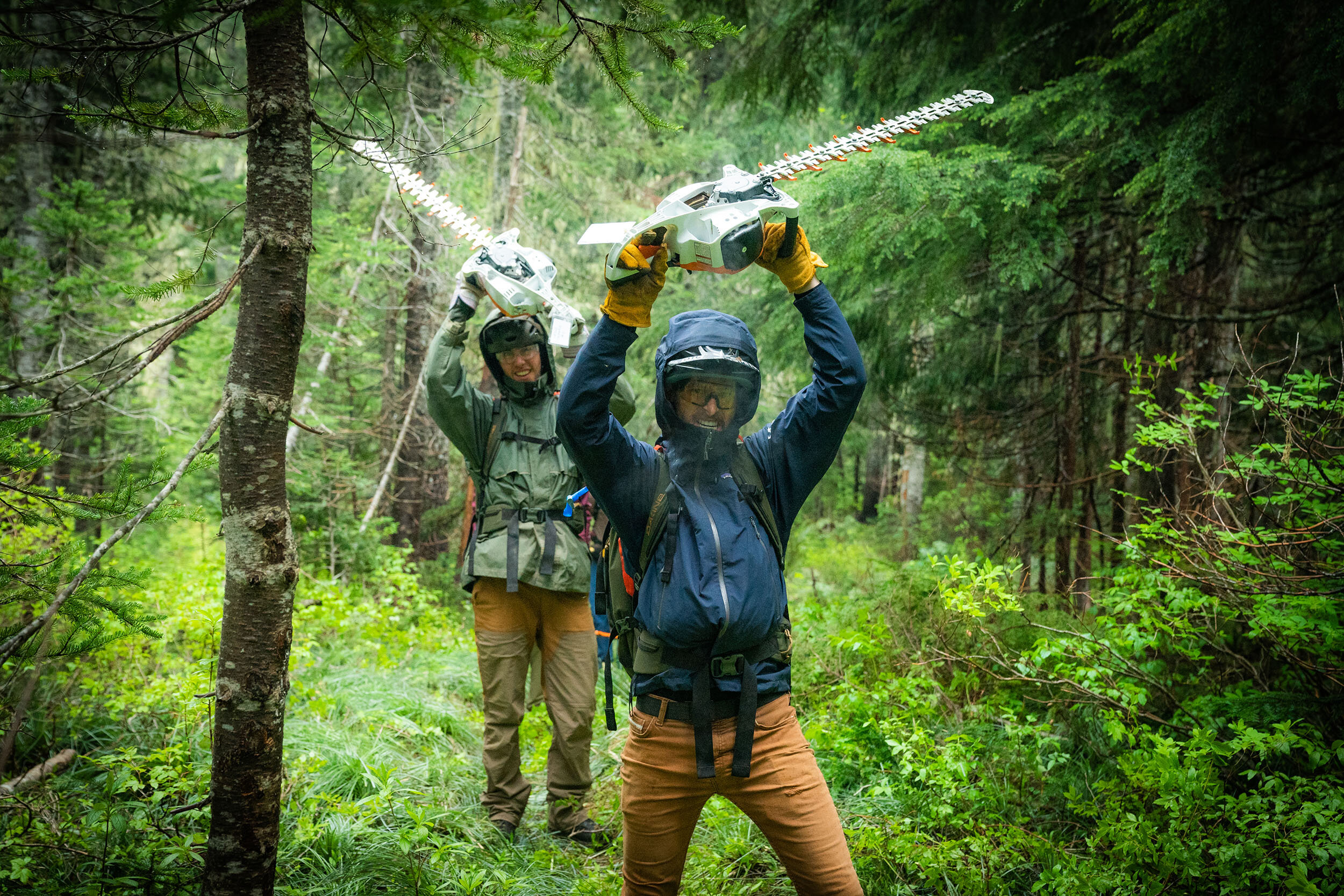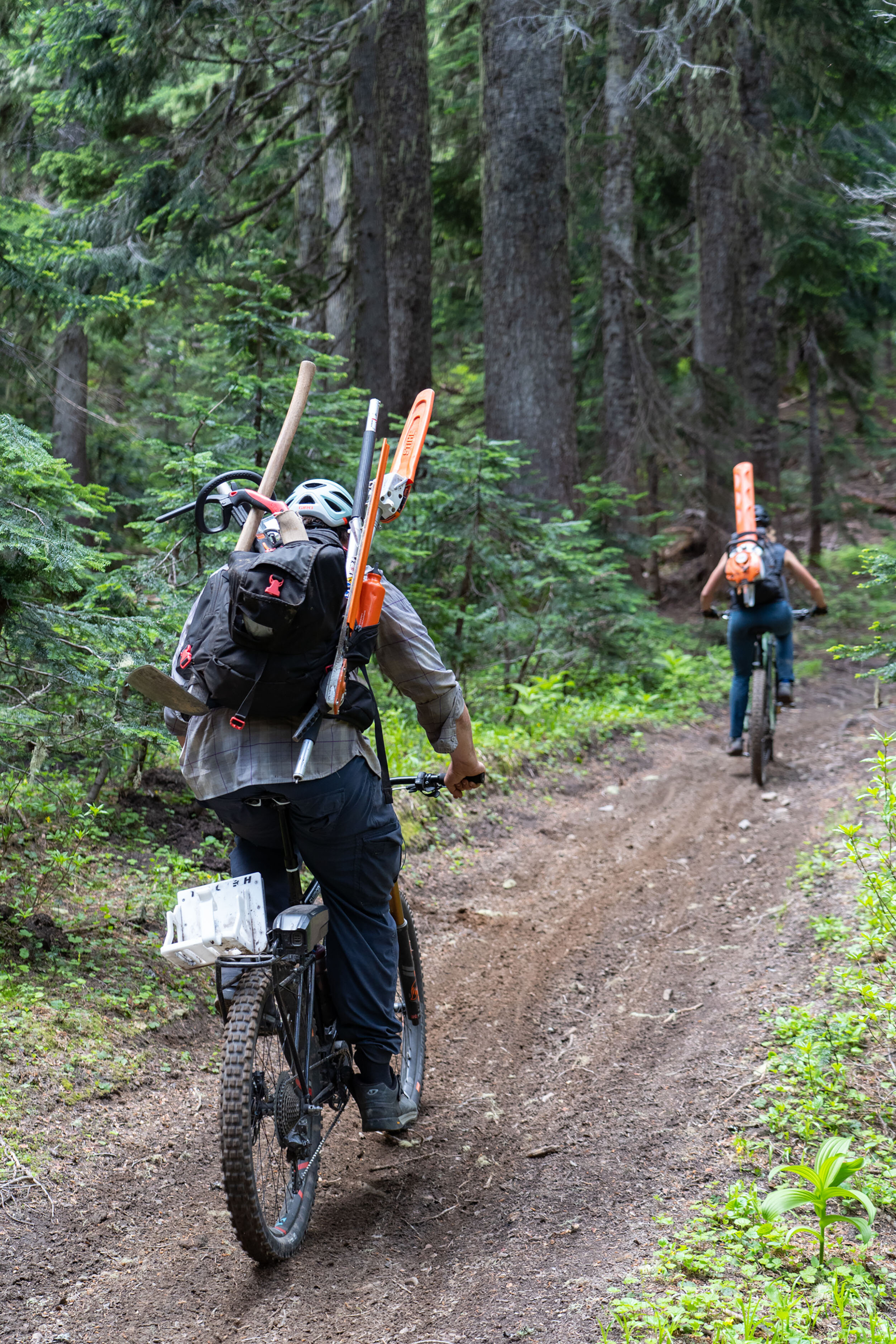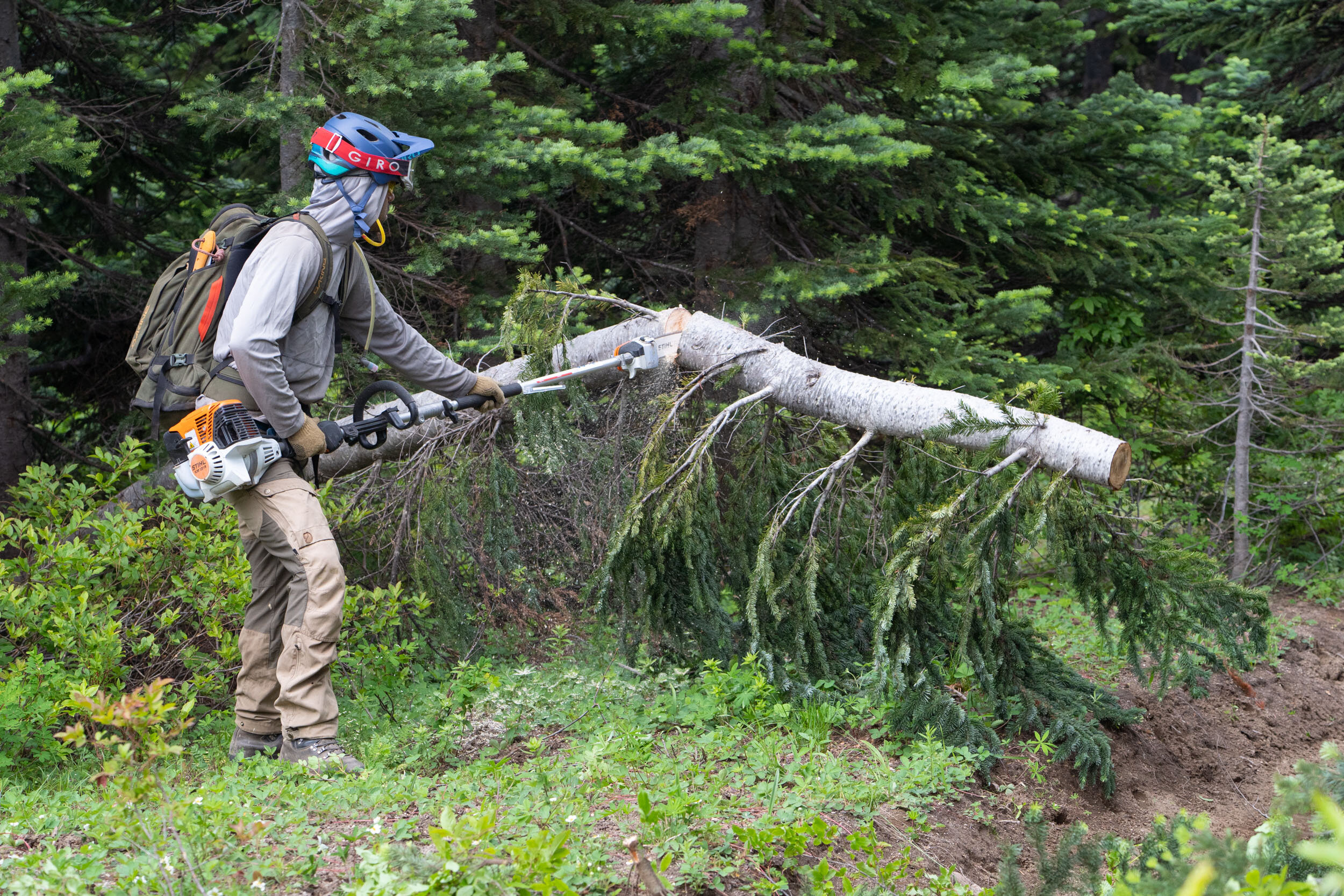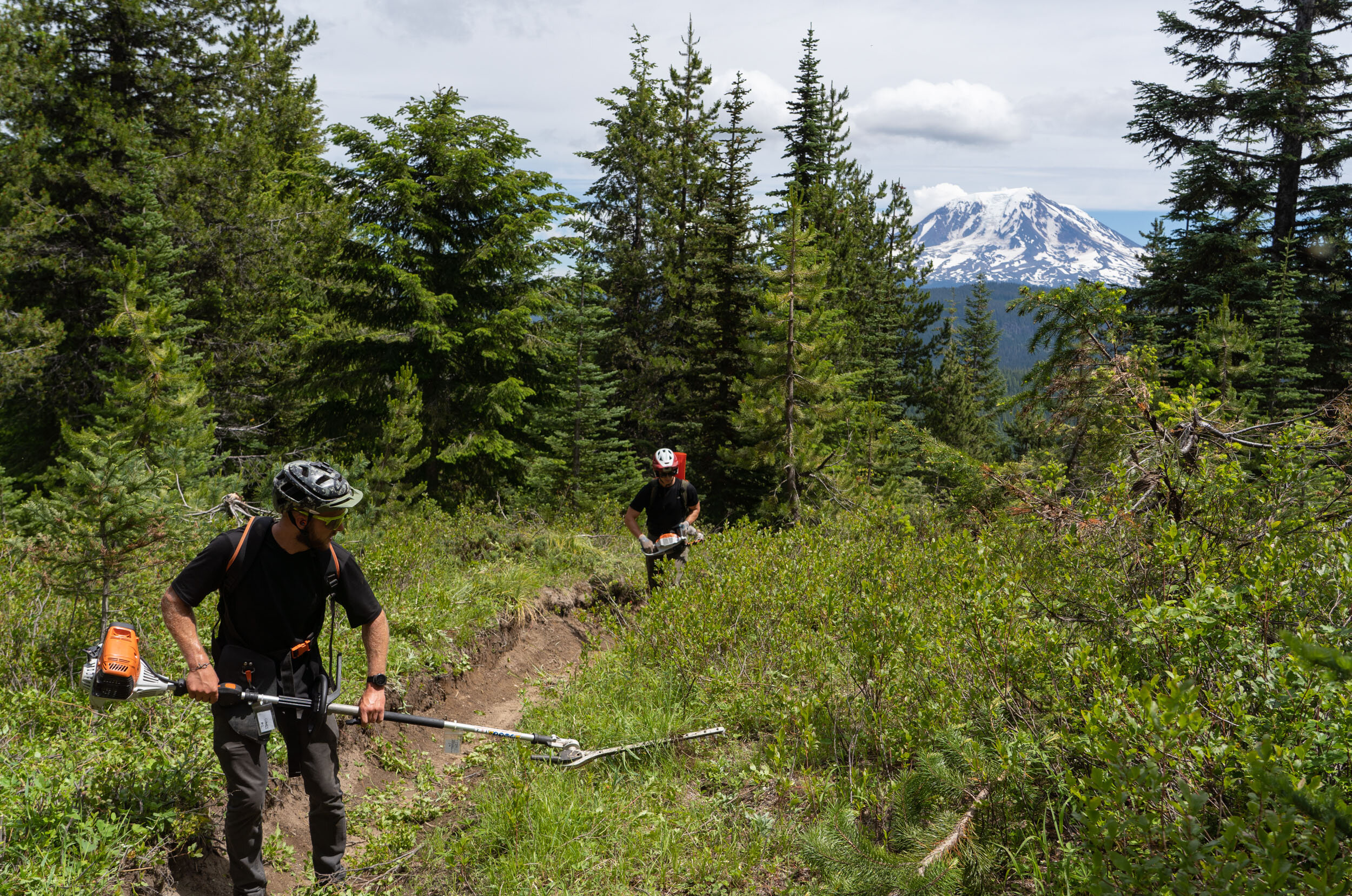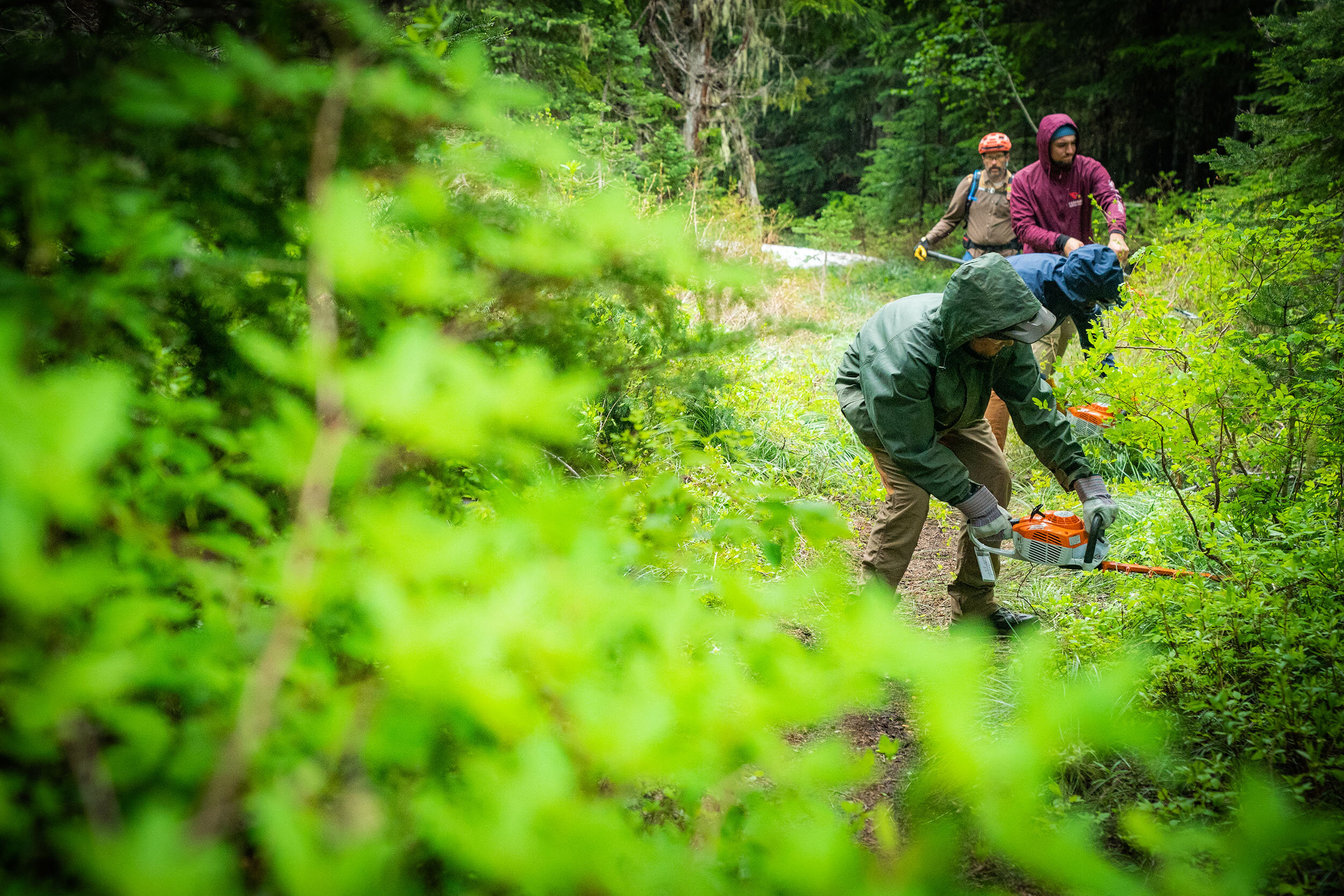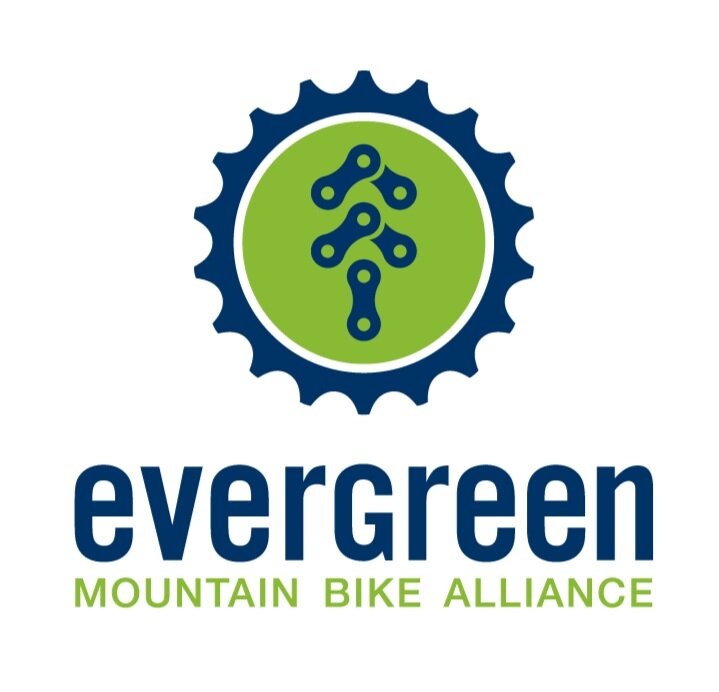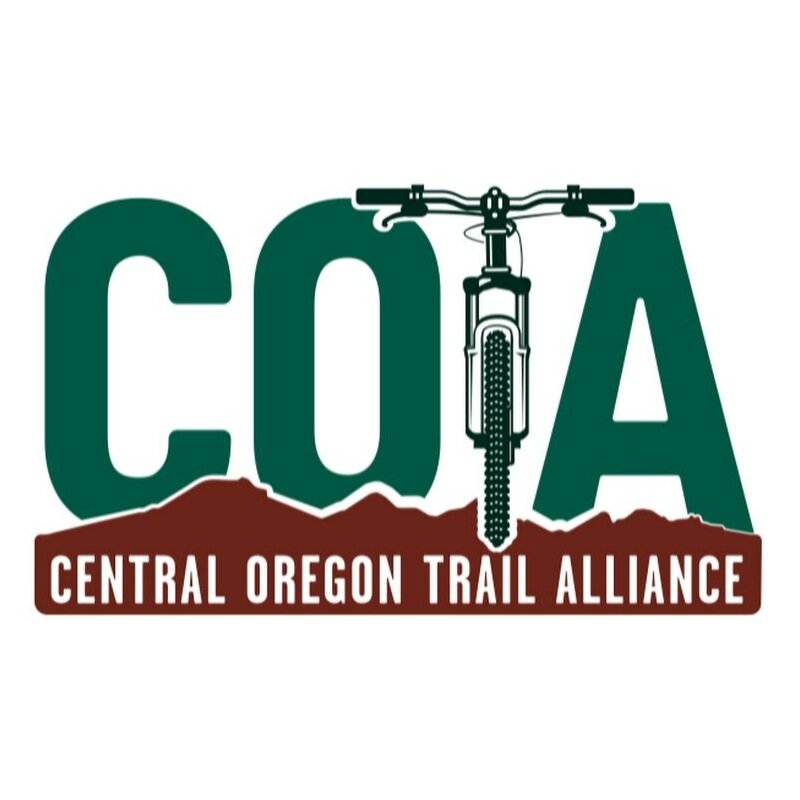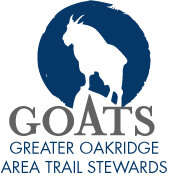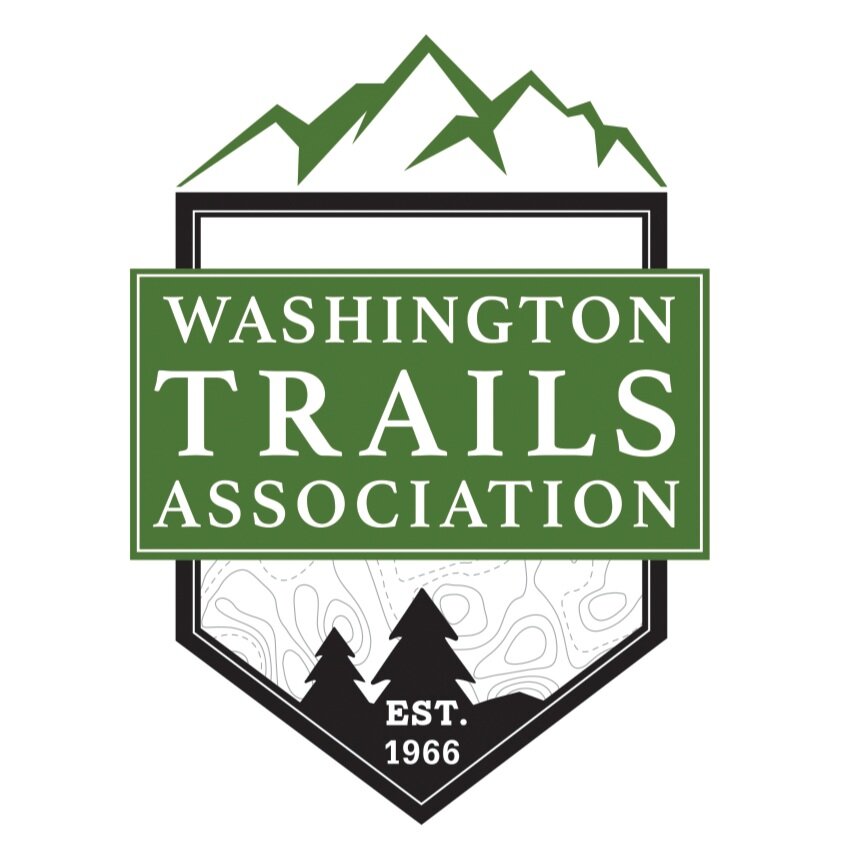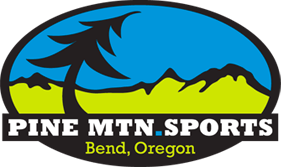
OUR MISSION
To reclaim, build, maintain and protect backcountry mountain bike trail resources in the Pacific Northwest
What We Do
We restore and maintain backcountry trails in the most remote areas of the Cascade Mountain Range within Oregon and Washington. We work with United States Forest Sevice Land Managers and collaborate with Trail Advocacy Groups across disciplines to help bring communities together in an effort to keep our trail networks open and accessible now and for future generations to come.
Our Work
Over the past 8 years, TC has volunteered over 30,000 hours of labor to our backcountry trail networks and invested in a Tool Trailer and Kitchen Trailer that support our efforts. This tool trailer is a resource for our entire trail advocacy family, often loaned out to those maintaining trails and needing additional resource to get the job done. TC’s labor investment, monetized, translates to over $1M*, that combined with tools and resources to keep us running, our total investment is over $1.2M. We’ve touched over 750 miles of remote single track and completely reclaimed over 100 miles of trail that had been long forgotten, areas like Green River and Strawberry Mountain in the Gifford Pinchot.
Each season we actively maintain on average 100 miles of remote single track up and down the Cascade Mountain Range. These 100 miles are maintained each year through 4 well-coordinated work parties and several small focused work party efforts. We invest on average $100,000 annually to host trail work parties, and maintain our tool library. We raise this money in two ways, through Goverment Project Work or through Trans-Cascadia Race Fees. The relationship between Trans-Cascadia the event, Mtn Bike Racing and trail stewardship is what makes this organization unique. The work left behind from Trans Cascadia’s trail restoration efforts has lasting benefits of new riding and trail experiences throughout the PNW and lasting relationships with our land managers, hikers, horseback riders and conservation communties across our region.
The future
We have identified our most cherished 605 miles of Backcountry Mountain Bike Trails in Oregon and Washington. We have adopted these trails with an intention to touch every mile of trail on a 5 year rotation. This will be done by employing a skilled backcountry trail crew complemented by 4 Trans-Cascadia Work Parties. This combination of Paid Work and Volunteer work will ensure these 605 miles of pristine backcountry mountain bike trails are preserved indefinitely.
Check out our trail work projects to see what we’ve accomplished so far.
Trails at Risk
Our backcountry trails are at risk of being lost to mother natures reclamation of her land, a lack of maintenance, and land use re-designation. The best protection for our backcountry mountain bike trails is to become the primary trail keeper, the group that keeps the trails open and running. Many of the areas we operate are in what we call GAP areas. GAP areas are trail systems that have a GAP in stewardship from the Mountain Bike community and receive little, if any, maintenance from any other user group or land manager. These areas are found at the border between United States Ranger Districts and at the border of the wilderness boundary lines in the most remote areas of the Cascade Mountains. Our maintenance of GAP areas allows us to identify and adopt areas of our forest that are in desperate need of advocacy and maintenance, and we fill the GAP. Turns out these areas happen to be home to some of the best trails in the world.
There are 3 primary factors that put our Backcountry trails systems at Risk:
Lack of Maintenance – No one user group or government agency has been able to keep up with the maintenance. The deferred maintenance backlog on USFS land is daunting. Our organization applies a significant volunteer labor resource to our trail systems to keep them open and running.
Lack of Advocacy – The Backcountry Trail Networks we’ve restored did not have a mountain biker sitting at the table advocating for MTB’ers access or restoration of the trails that are now iconic riding areas in the PNW. We attend local meetings, we work with land managers and coordinate with other user groups in our respective areas. We put ourselves in a position as the primary caretaker of a Trail or Trail Network and we have a seat at the table. This is the best formula for protecting trail access for us and future generations.
Lack of Budget – There isn’t enough budget allocated to our land managers trail maintenance budget. This means each year, the deferred maintenance backlog grows. To help counter this lack of budget, we and our sponsors apply a significant amount of financial resource each season to help keep tools running and volunteers fed. We donate our volunteer hours each season, which allows our land managers or local trail orgs. to utilize these hours for their grant funding efforts.
Our Goal
To expand our backcountry mountain bike trail networks within the Pacific Northwest and to support local communities where we operate.
Made Possible By
We have to thank our incredible network of Volunteers and partner groups. We can’t thank you all enough for dedication and strength. You are absolutely the reason this all happens.




